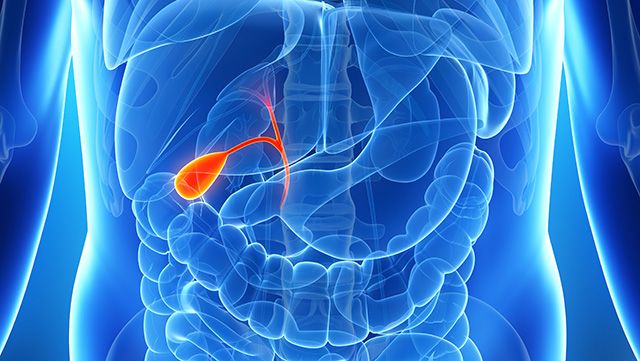Gallstones
Gallstones are solid lumps or "stones" which form in the gallbladder or bile duct. They are formed when some of the chemicals stored in the gallbladder harden. They may be as tiny as a grain of sand or as big as a golf ball, and resemble small stones or gravel. Some people get just one large stone, others may have hundreds of tiny ones. Having gallstones is not uncommon. It may be present in 10% of the population, and usually without symptoms. Only if they begin to obstruct the bile system do problems such as infection and inflammation begin.
The gallbladder
The gallbladder is a small bag-shaped organ on the right hand side of your body, just below the rib cage. It stores a green liquid called bile, which is produced by the liver to help the body digest fats and other substances. When we eat, bile is released from the gallbladder into the intestines through a narrow tube called the bile duct.
